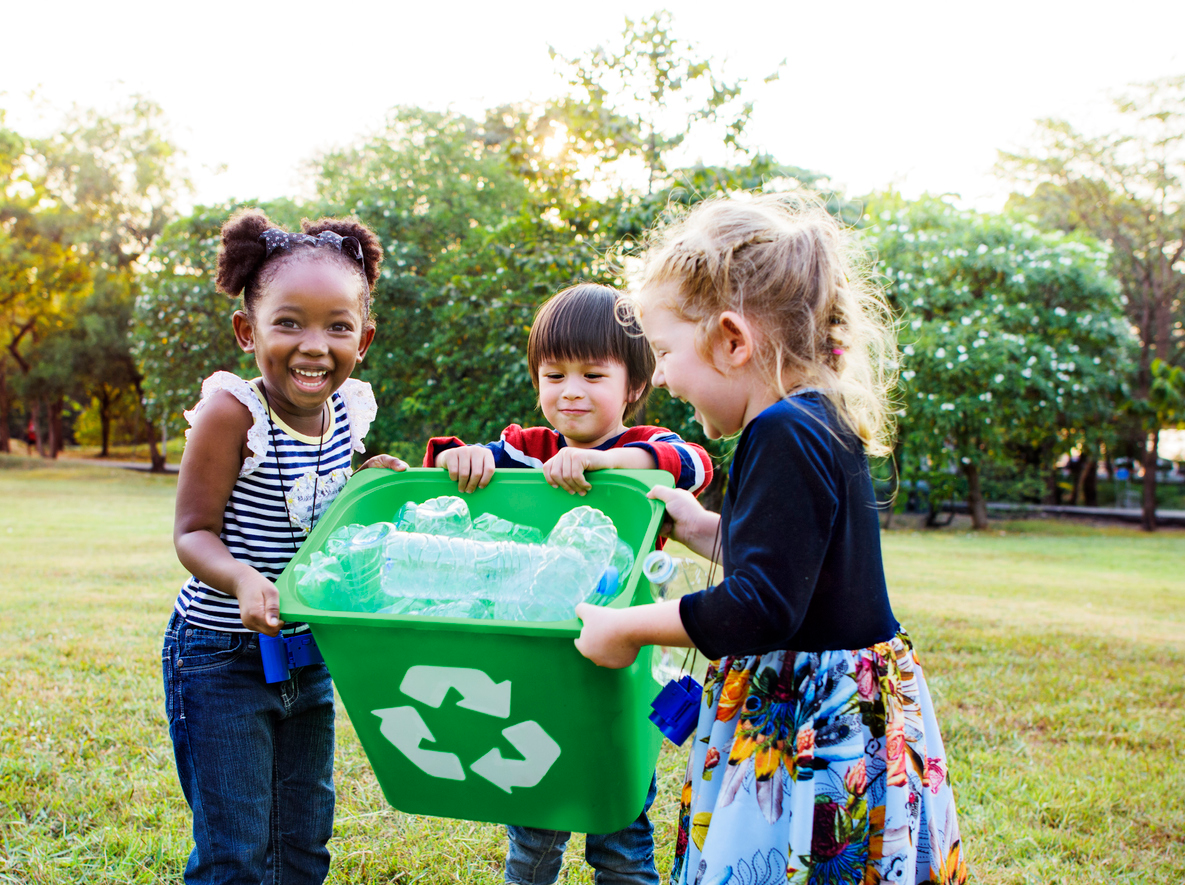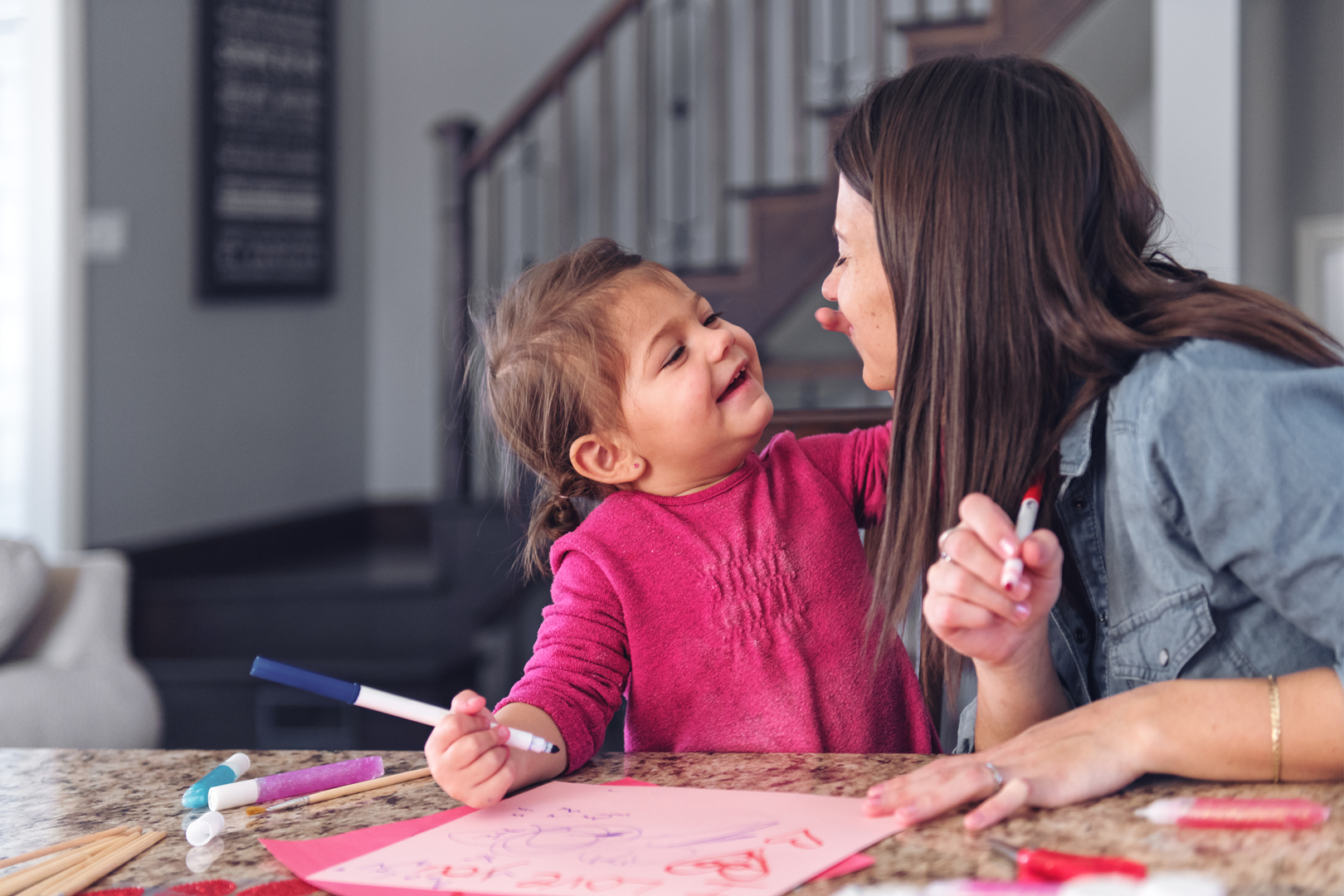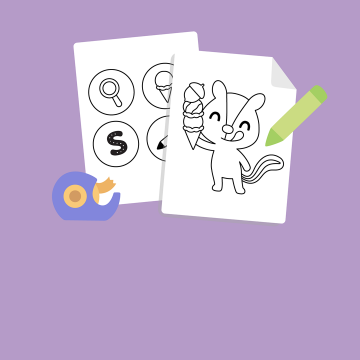- Develop 21st century skills with crafts: fun activities to spark creative thinking and problem solving for preschoolers

Gone are the days of rote memorization, simple spelling bees and drilling multiplication tables; in this rapidly-changing modern world, empathy, critical thinking and creativity reign. The four Cs of 21st learning – critical thinking, creativity, collaboration and communication – prepare our little learners for a world that offers unlimited potential. However, some school curriculums are struggling to keep up. Luckily, as open ended play lends itself well to early learning, you’ve got tons of opportunities to incorporate these skills into your daily play time.
We’ve put together a few fun activities for kids to kick things off – why can’t all learning be this fun?
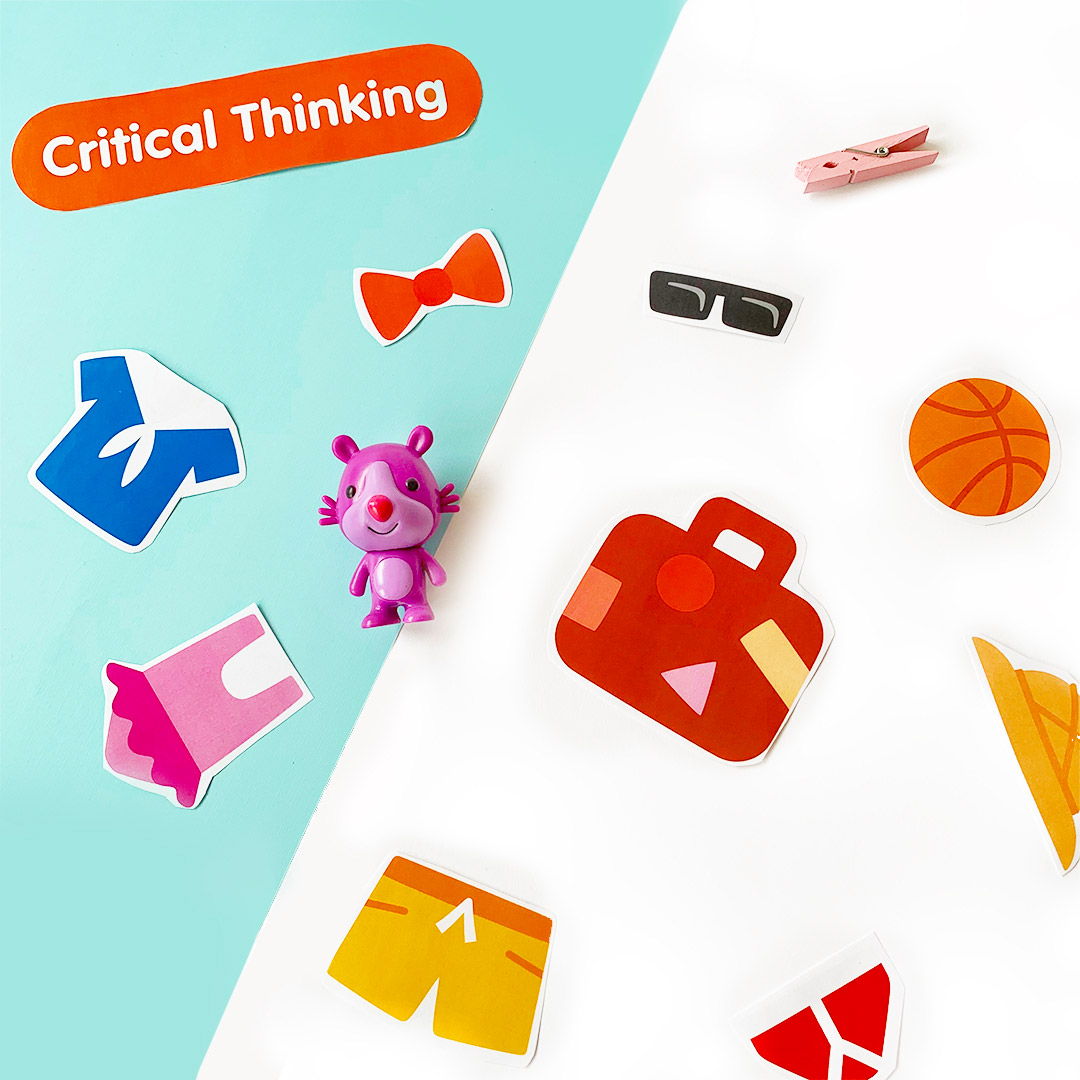
Critical Thinking
Help little learners think outside the box by thinking inside the box – the toy box, that is! Developing critical thinking through play will help them solve problems, see things from different angles and build compassion – huge assets as they continue to grow.
-Pack Your Suitcase game: The perfect craft activity for kids in advance of a fun holiday! Give your child an illustrated ‘packing list’, ask them to find the objects around the house and pack them into a “suitcase”, which could be as simple as a cardboard box. Kids will learn to strategize and develop spatial awareness as they hunt down the treasures and figure out how to fit them all in.
-Muffin Tin Sorting: A super-easy activity that can be done with anything you’ve got laying around the house. Just fill the cups of muffin tins with small objects of varying types and/or colours (ie. buttons, marbles, small toys). Then, ask your child to sort them based on a designation of your choosing – could be by colour or type! They’ll build listening and concentration skills, and learn all about classification and differentiation.
-Tinker Bags: Fill a small drawstring bag with a few ‘ingredients’ – try pipe cleaners, glitter, molding clay and craft paper to start – and ask your child to create something using only what’s in the bag. Creative and critical thinking flourishes under constraints, and this is the perfect way to kickstart it!
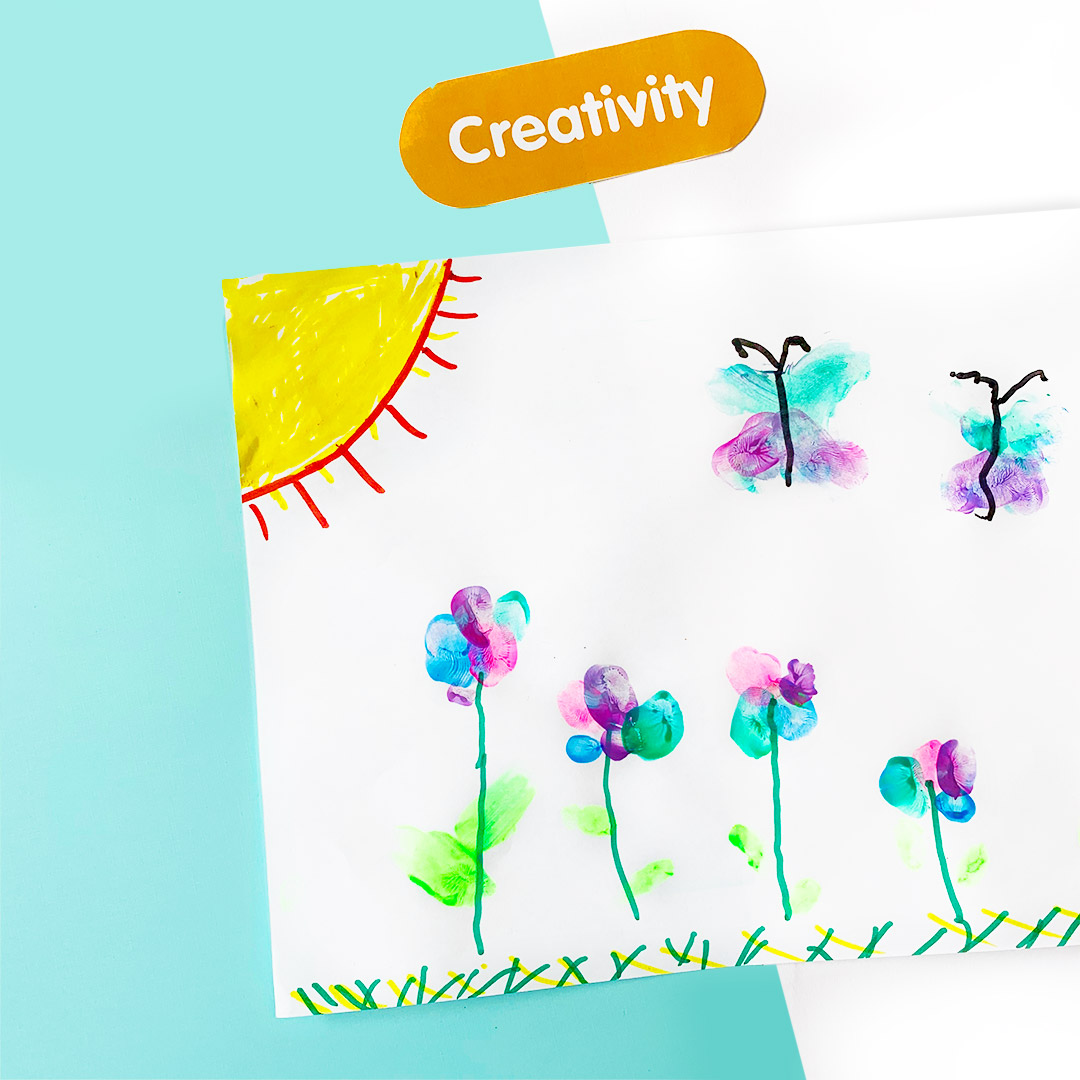
Creativity
While creativity has always been an important pillar of early learning, it’s even more vital now – it helps us think on our feet, solve problems and create for the sheer joy of creating. Needless to say, we’re big fans.
Finger Painting: A classic creativity jump-starter, good ol’ fashioned finger painting teaches kids it’s okay to make a mess and make a few mistakes – both key to developing creative thinking!
DIY Fairy Tale: Finding the Princess and the Pea a bit passe? Why not create your own Fairy Tale! We’ve got step by step instructions for creating your own magical story right .
Pint-Sized Project Runway: Pull out a few seldom-worn clothes from your child’s closet, and have a refashioning party! Cut out applique shapes with scissors (attach by sewing or with fusible interfacing), turn dresses into tops by cutting the hems and try your hand at tie-dye! Kids love picking out their outfits for the day, and this turns up the creativity to 11.
Comic Strip: Draw out a series of squares, each with a thought bubble, repeating character/object or leave ‘em blank. Then, get to doodlin’! This activity will help your kid think sequentially, as well as build their narrative prowess. Have them think about a beginning, middle and end, and ask them questions while they’re drawing to keep them engaged.

Collaboration
Putting heads together is more important than ever – and play provides the perfect way to practice! Building collaborative skills in young kids helps develop listening, critical thinking and empathy as well – all much-needed skills when navigating the modern world. Pass the Picture game: This preschool activity is perfect for a group playdate or birthday party! Each child starts with their own colour of marker or pencil crayon. Start by drawing a simple shape on a large piece of paper (think sun, tree or stick figure). Then, the artist to your right can add to it however they see fit, with their special colour of marker. As the collaborative drawing makes its way around the table, kids will love to see how their contributions affect the whole – bringing teamwork to life in a (hilarious!) way.
Build a Robot game: An analog version of our ‘Robot Party’ app, each child or participant is responsible for building one part of the robot – the head, body or bottom! Set everyone up with boxes of varying sizes, craft supplies and paint. When the robot is assembled after everyone’s done, be prepared for a hilarious surprise! Collaborative Mural: A great way to get everyone in on the collaborative fun (sulky teens and visiting grandparents alike!). Throw up a giant piece of kraft paper on the wall, and ask everyone to add to it when they’re feeling inspired. This could be a short poem, drawing or an addition to something that’s already there – the only rule is that there are none!

Communication
While this generation may get the odd ‘tsk tsk’ with their seemingly constant texting, the truth is that communication skills are more important than ever – especially when the meaning of a message could hinge on a punctuation mark. Arming kids with both excellent verbal and written communication skills helps develop confidence and creativity as well, allowing them to speak their (brilliant!) minds as they see fit.
Gallery Opening: Gather up a few of your kids’ paintings and drawings from the archives and stick them on the walls like a gallery (bonus points: place a card below each that has the artist’s name and date of completion!). Host an opening (with fancy cheese and grape juice, of course) where they’ll walk you through their artwork. Ask them to describe each painting to you – What inspired you? What’s going on in each picture? What do you think of the paintings now?
Silly Sack – A perfect preschool activity for restless kids on rainy days! Put a bunch of action verbs in a bag and mix them all up. Next, draw a word from the bag and ask kids to perform the action you say. They’ll need to keep doing it until you decide to pull another word from the bag! Perfect for associating action words to physical actions & learning how to take instructions. (Older kids can read the words for you to act out, as well!)
Telephone – A classic conversation starter, a good old fashioned game of Telephone is fantastic for practicing receptive/expressive language and listening skills, annunciation and how to dissolve in a puddle of giggles.
